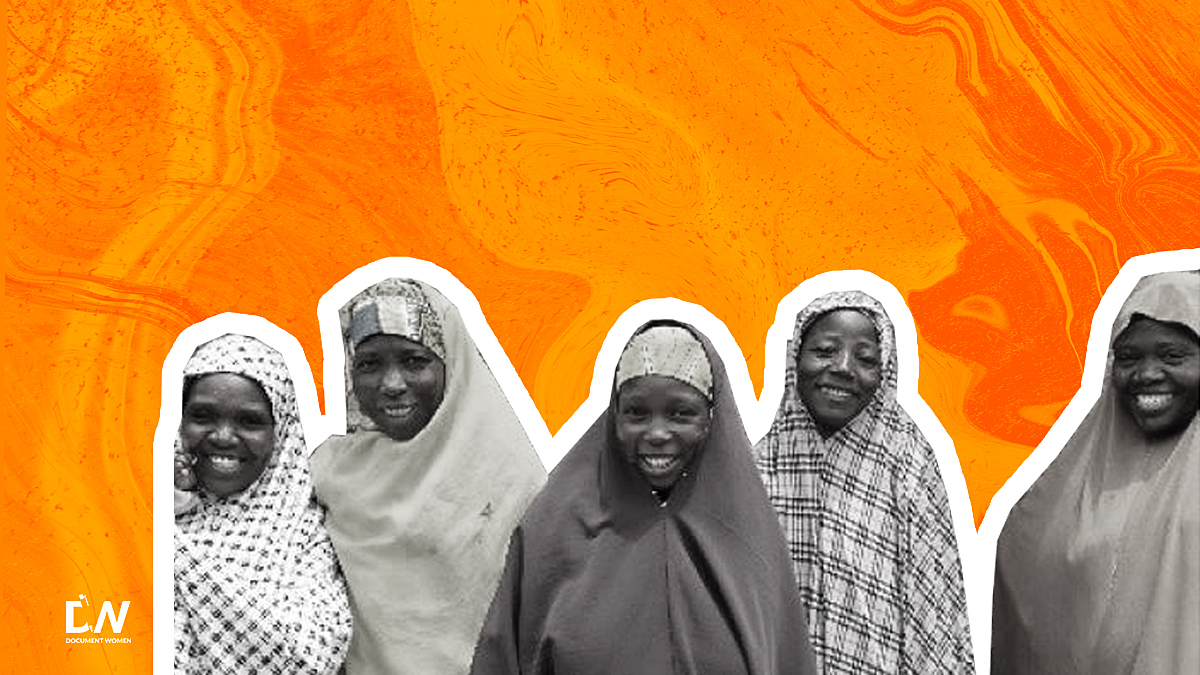United Nations Women has said eliminating gender-based violence is a priority, given that this is one of the most pervasive human rights violations in the world today. Based on data from 87 countries, 1 in 5 women and girls under 50 will have experienced physical and/or sexual violence by an intimate partner within the last 12 months. Harmful practices, such as child marriage, steal the childhood of 15 million girls under the age of 18 every year.
Women and girls everywhere need to have equal rights and opportunities and be able to live free of violence and discrimination.
The studies of the United Nations Special Rapporteur on Traditional Practices Affecting the Health of Women and girls, Mrs Halima E. Warzazi, undertaken since 1989, have presented compelling evidence of discrimination and violence against girls based on long-upheld social values and practices.
Women are heavily discriminated against in this part of the world.
Harsh Labour
It is bygone that Women, including girls living in poverty, face multiple forms of discrimination and increased risks of violence. Recurrent constraints, harmful practices, neglect, child/domestic labour, poor sanitation, and early marriage. Just like Glory* girls are not just given in marriage at a young age alone but also face utmost violence at home.
Tongriang* dropped out of school at age 9 to hawk vegetables for her 41-Year-Old mother.
“My parents said I should stop school to sell vegetables so that the money can be used to support my older brother’s education” Tongriang shares her experience.
The 15-Year-Old hails from Mangun, a community in Mangu Local Government Area, Plateau state, and her father, a local farmer, has two wives and numerous children.
As the sixth child of eight children from her mother, she has watched her older sisters marry early, and even though she doesn’t want the same life, she is not sure her dream of becoming a doctor will come to pass.
Research has revealed that the current number of child workers in Nigeria is 15 million, according to the International Labor Organization (ILO). At a staggering 43% of the total population of minors, it is the highest recorded rate of child labour in Western Africa.
“Because I am hawking, some men will want to touch me anyhow, and when I resist, some will slap me in anger,” she said.
Neglect
The severe pattern of deprivation of a child’s basic physical, developmental, or emotional needs for healthy growth and development is called Child neglect, which is more prevalent and difficult to resolve than other forms of child abuse.
This form of child abuse include; Failure to provide necessary food, clothing, and shelter; inappropriate or lack of supervision. Failure to provide necessary medical or mental health treatment. Failure to educate a child or to provide for special education needs. Failure to meet a child’s emotional needs and provide psychosocial support or permitting the child to use alcohol or other drugs.
Purposeful neglect or abandonment of children by parents has increased child labour and exploitation of children.
Mercy* a 14-Year-Old, who was abandoned by her parents at a very young age, agrees with this assertion as she shares her traumatic experience.
Mercy’s parents went their separate ways, abandoning the young girl with her aged grandmother in Riyom Local Government Area, Plateau State.
The girl was forced to start collecting menial jobs to fend for herself and her grandmother when help was not coming from both her parents.
“My aunt enrolled me in the government school in our community, but I wish to be with my parents”, Mercy mumbled.
According to the Child Rights Act (CRA), adopted by the Nigerian Government in 2003, “no Nigerian child shall be subjected to physical, mental or emotional injury, abuse or neglect, maltreatment, torture, inhuman or degrading punishment, attacks on their honour or reputation.”
* [not real names] sources pleaded to remain anonymous
You may find the first and third parts on the ‘Ordeal of the girl child’.

Leave a Reply